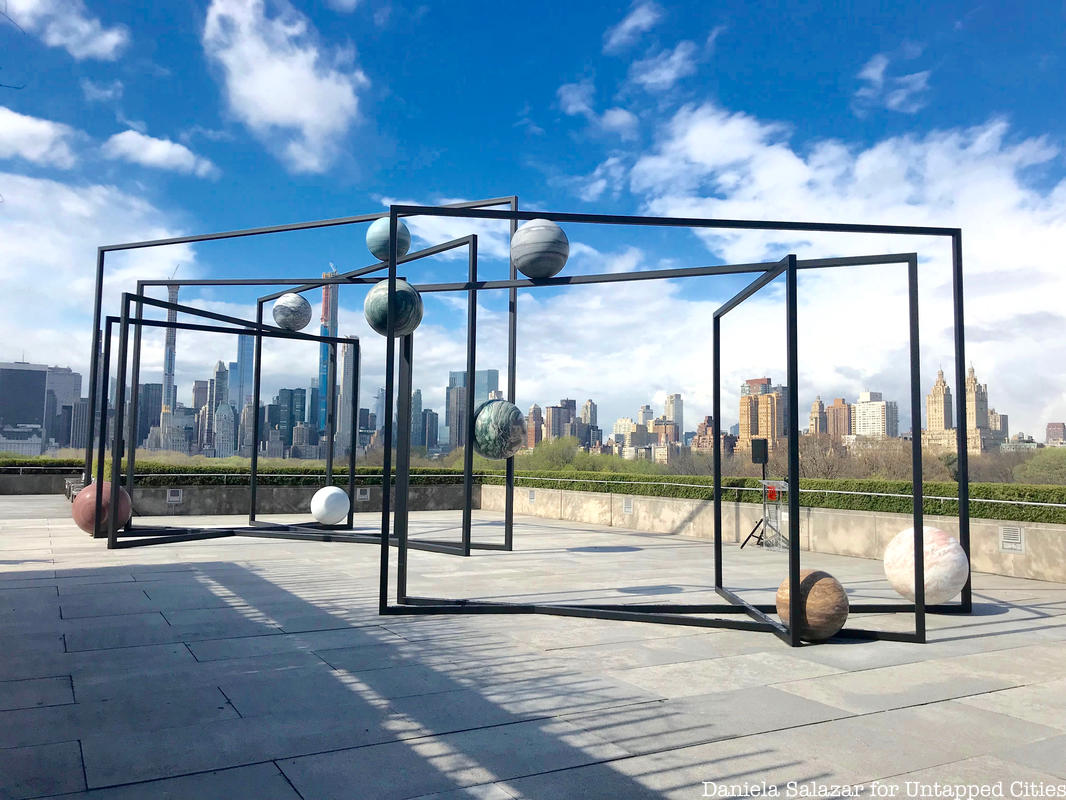Now, on the rooftop of one of New York City’s most iconic museums: thick, black metallic bars, forming a large interlocking framework of rectangles. Perched delicately on the rectangle’s intersections is our solar system. The planets, portrayed by round, marble-like spheres, rest almost precariously at different angles on the structure, and as you move around the work it’s like seeing the planets move around the skyline of our city. This galactic balancing act of metal and stone is the Metropolitan Museum of Art’s latest rooftop art installation, ParaPivot by Alicja Kwade.
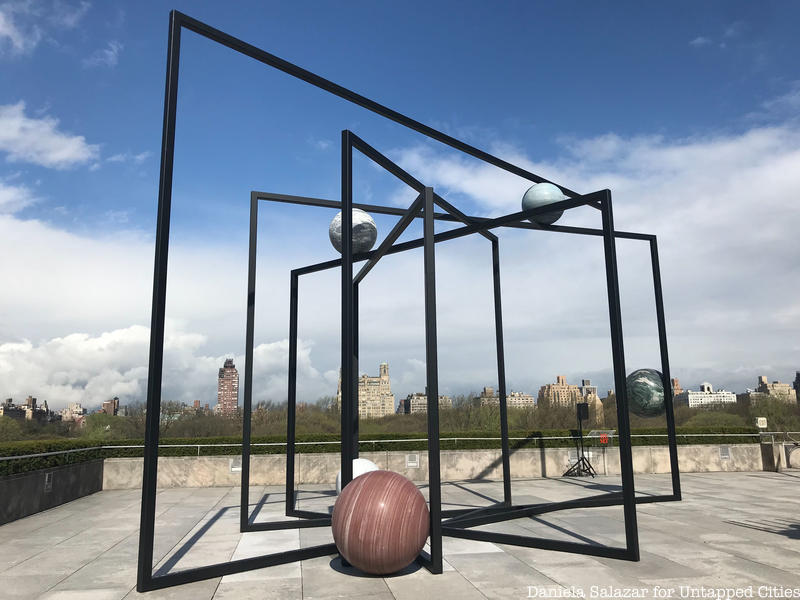
The Metropolitan Museum of Art’s Roof Garden Commission announced earlier this year that it had selected Alicja Kwade, a Berlin-based artist, to create her own installation for the museum’s Iris and B. Gerald Cantor Roof Garden, and the installation, called ParaPivot, will be on display from April 16 to October 27, 2019.
Kwade’s work is the seventh in a series of site-specific commissions for the Metropolitan Museum of Art’s Cantor Roof Garden, and Max Hollein, the museum’s director, says this opening “starts a season of large-scale commission projects for the Met.” Previous installation at the rooftop exhibit include a haunted house sculpture called Transitional Object (PsychoBarn) by the acclaimed British artist Cornelia Parker and last year’s giant alien-type sculptures We Come In Peace created by Pakistani artist Huma Bhabha.
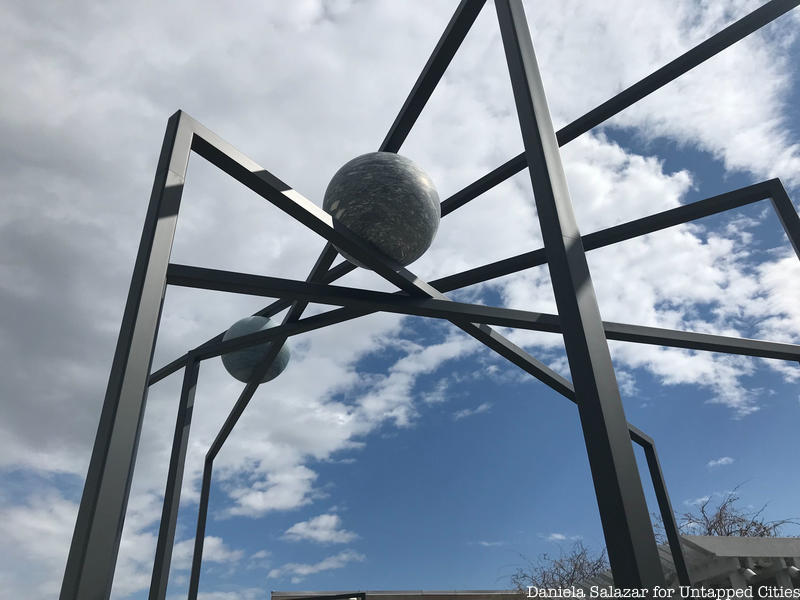
ParaPivot consists of two sculptures, Parapivot I and II, both made of powder-coated steel frames and spheres of polished stone with materials from nine different countries. The sculptures, with the way the spheres lie weightlessly on the edge of the metal frames, evoke an astrolabe, the instrument once used to measure the altitudes of celestial bodies. Kelly Baum, one of the Metropolitan Museum’s consultants for the piece, says she marvels at “the degree to which [the work] directs our attention to the sky and what lies beyond the sky, that vast container that is outer space…brings [it] down to earth…and makes what is far — near, what is large — small, what is inaccessible — concrete and what is heavy — weightless.”
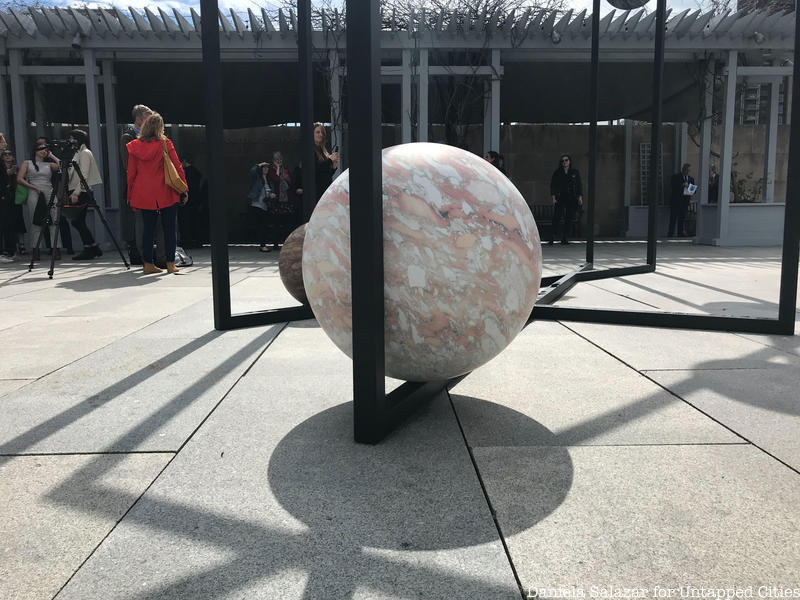
The artist, born in 1979, grew up with a cultural scientist and conservator mother and an art historian father, and her works consistently revolve around the intersection of art and science, investigating not only the nature of time and perception but also the structures and ideas we use to understand our universe. Self-described as “fascinated with the borders between science and suspicion,” Kwade is most known for her sculptures and installations, all made purposely to fit the location they will exist in. Of the opportunity to create a work for The Metropolitan Museum of Art, Kwade says, “I believe in the power of public art; I believe it should be accessible to everyone.”
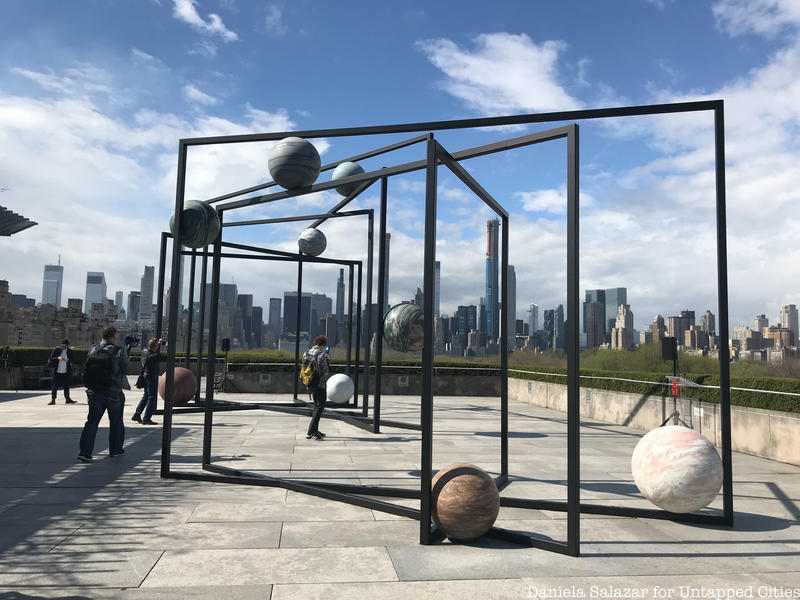
The exhibition will be accompanied by a book published by The Metropolitan Museum of Art and distributed by Yale University Press. It will be on display at the Iris and B. Gerald Cantor Roof Garden until October 27, 2019.
Next, check out The Top 10 Secrets of the Metropolitan Museum of Art and The NYC that Never Was: The Metropolitan Museum of Art’s Unfinished Areas






